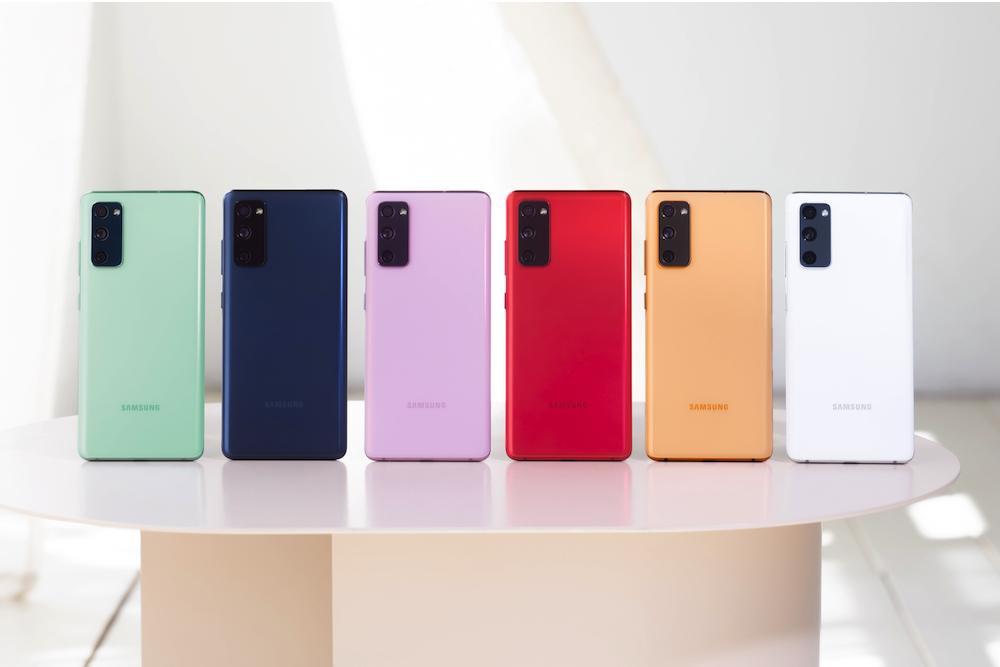The hard truth of the Google Android versus Apple iOS argument is that this war doesn’t really exist. Every year, only a small fraction of Apple iPhone owners switch to an Android. Once someone buys an iPhone, they are pretty strongly locked into the platform, so Android makers are mostly working to retain current owners, fighting among themselves, or working to attract those who are buying their first smartphone.
Now, for the first time in generations, Android devices have at least one major tangible benefit over Apple devices. Microsoft is launching its xCloud gaming service and if you want to access xCloud through your mobile phone, you better own an Android because Apple won’t let these types of services live in its App Store. Google Stadia isn’t available through the Apple App Store for the same reason. Amazon’s new Luna game streaming service works on the iPhone … but only through the Safari browser.
The casual game Apple thought it was playing with Epic over Fortnite’s availability in the App Store pales in compares to the forthcoming battle royale with the biggest tech companies in the world over cloud gaming.

The timing could not be worse for Apple. Microsoft is launching two new Xbox consoles at aggressive price points, along with a cloud gaming service that will render consoles obsolete for many casual gamers. Sony likewise is launching competing PS5 consoles and cloud service plans. All eyes of the tech world are on these gaming behemoths, and while there have been some missteps in the initial pre-sales, enthusiasm is high. It is a good time to be excited about gaming.
Then there is Apple. iPhone 12 Pro models are delayed. iOS 14 is the target of some derision as users fumble through the new widgets and home screen customization options. The big Apple launch in September was a midrange iPad and a minor Apple Watch update. In a launch season of folding phones, new VR headsets, and next-gen gaming, Apple is hoping its Watch will be a placeholder until the iPhone 12 eventually launches in October.
Unfortunately, Apple has also engaged in a lengthy and confusing battle over gaming on its platform. First cloud gaming services were banned, and then they were allowed, but with many caveats. Fortnite challenged Apple’s high fees and found itself stripped from the App Store. Even though Microsoft’s cloud gaming component will technically be allowed on Apple’s platform, the App Store is insisting on a cut of game sales, which makes the iPhone a non-starter for many publishers.
Then, Amazon leaped into the fray and confounded the market further. Instead of heading directly for the friendlier Android market, Amazon is offering a subscription gaming service, Luna, that will work on iPhone (and macOS) through the Safari web browser. There will be no Android option for this so-called Luna gaming service, at least not at launch. There also won’t be a lot of great titles, not enough to compete with Microsoft or even Google’s Stadia. Soon Ubisoft will open its own “channel” through Amazon Luna, though, and other major publishers might find Luna an acceptable end-run around Apple’s strict App Store policies.

There has never been a better time for a competitor to strike at Apple’s phone business, and that competitor must be Samsung. Samsung launched a pleasing new device tier in the Galaxy S20 Fan Edition, and it’s thinking in the right direction by dropping the price and focusing on flashy features like high-refresh screens. This thinking is correct, but not aggressive enough. Samsung needs to take dramatic steps to finally steal market share from Apple, and there is one way to do so permanently: Focus on gaming, and bundle it with a price that’s too good to resist.
People who buy the Samsung Galaxy Note love that phone and return to buy another. The Galaxy Note is the Toyota Camry of the smartphone world, except it is also one of the most expensive phones you can buy, and smartphone buyers return for a new model every two years, not every 10. Samsung’s goal must be converting Apple owners to Samsung owners, and the best phone for the job is the Galaxy Note.

Samsung needs to offer a tremendous deal package that includes the Galaxy Note, a 5G carrier network plan, and a subscription to Microsoft xCloud or Google Stadia (plus a controller, naturally). Take the Galaxy Note 20 5G and cut the price 25-50%, then offer it as a deal with any of the three major carriers. For perhaps $70 a month you get the phone, the Xbox cloud gaming, and a couple gigabytes of 5G data.
If Samsung wants a decisive win in this battle, it needs to make the phone more enticing — effectively, about $500. That is not the price of a new flagship phone, that is the price of a new flagship gaming console. Gaming capabilities are giving Android devices a big win right now, and while it lasts Samsung should embrace the advantage. Microsoft and Sony have often launched gaming consoles at a price that takes a loss on hardware, understanding that locking owners into the platform has long-term benefits. Samsung needs to think the same way. There will never be a better opportunity that gives Samsung such a clear advantage over its largest rival.



